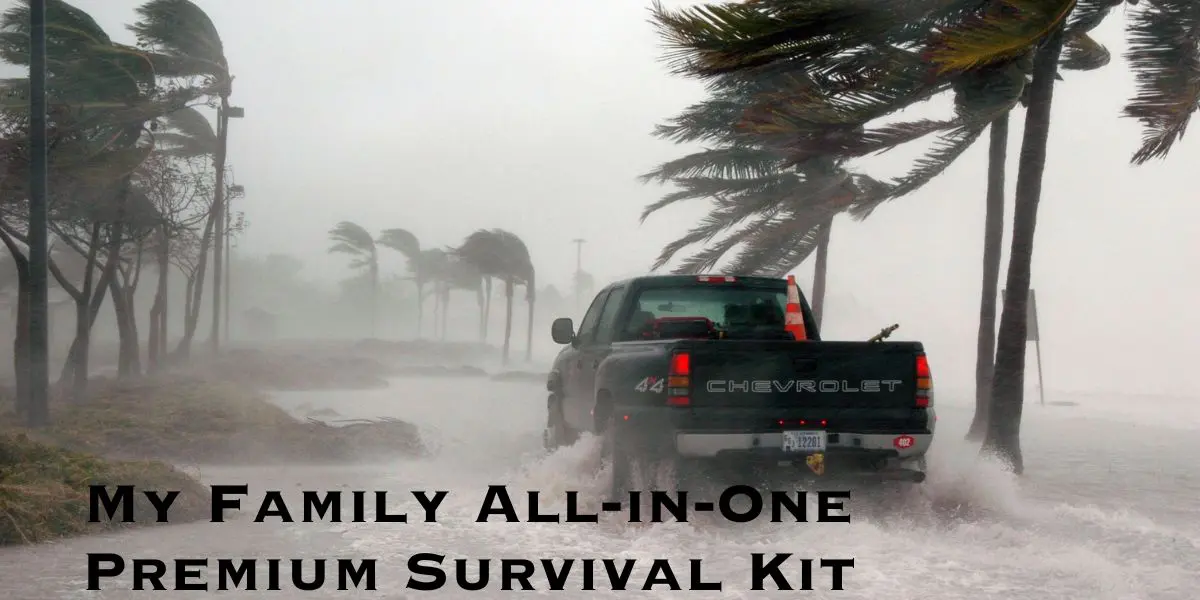A home invasion is scary, traumatic and can even be life threatening. You want to be prepared to protect your home from an invasion by preventing it from happening – especially during a crisis situation.
In order to do that, you have to make sure you’re prepared and you have to make it difficult for your home to be a thief’s target. If the intruder gets in, then you’re going to have to go into hostage survival mode – and you never want to have to go through that.
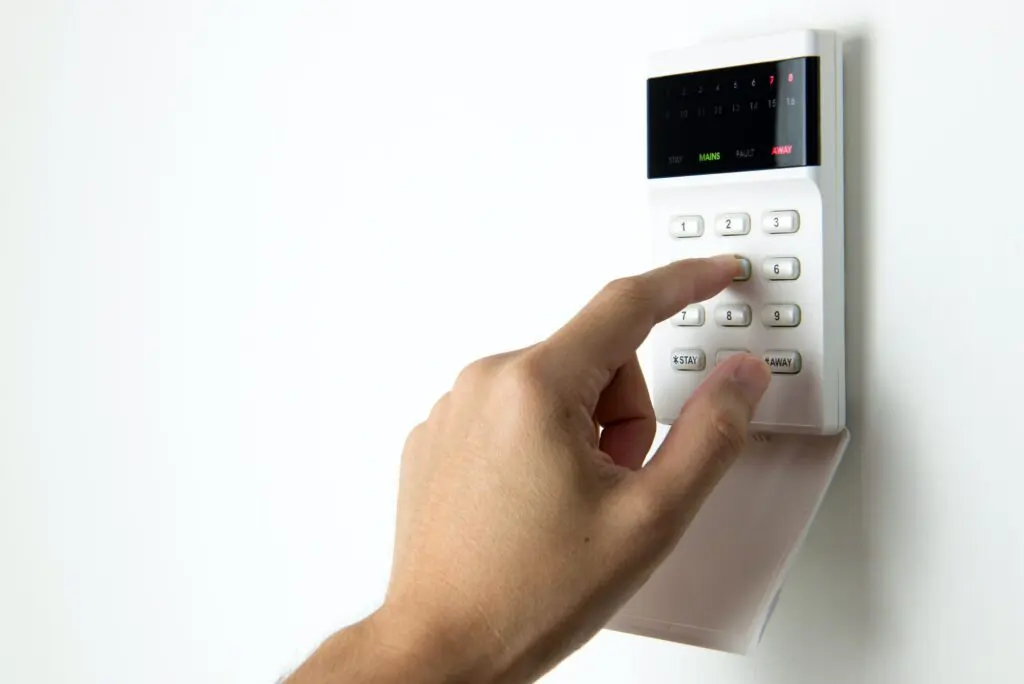
Alarms Are a Home Invasion Deterrent
If you’re on the fence about installing a home alarm system, you should know that homes with them are almost three times less likely to be burglarized than homes that don’t have a system.
During a crisis, desperate people are going to want to target the easiest in and out home to rob. You want to make sure that’s not your home. Sometimes, simply knowing that a home has an alarm system is enough to ward off a would be thief.
While he might want to rob, he doesn’t want to escalate his chance of getting caught. Some survivalists think that in the event of a wide spread catastrophe, the police won’t show up for a home invasion or if they do, the time it takes them to arrive could be too long.
While this could be true, you still want to have an alarm. The reason is because an alarm system can alert you and your family members that someone has entered the home.
This will help prevent you from accidentally stumbling into a situation where there’s a desperate thief inside your home. An alarm can also help prevent you from being surprised awake in the middle of the night by a thief because as soon as the monitoring points are interrupted, the alarm will sound.
In the event that you’re dealing with a situation where you don’t have any electricity, a home alarm system can still be helpful. There are many models that come with battery backup so that even if there’s no electricity, the alarm will still work as long as you have batteries.
Some people think that the only good alarm system is the monitored kind but that’s not true. Plus, in a crisis situation where’s widespread chaos, and matters of life and death, a home burglary isn’t going to be high on the list.
However, you can choose to use an alarm system that does exactly that. Alarms you or the neighbors when someone breaks into your home. There are systems that can be set to create such a loud noise that the neighbors will be able to hear it go off.
These are ones that have a loud siren or horn sound that carries for some distance. You can find these systems with back up batteries or battery only operation so they’re perfect for use when there’s a power outage.
People are torn about using the warning signs that tell thieves you have an alarm system. If your alarm is fake, then the signs might deter a would-be thief. But if you have a real alarm, you’d rather not alert them about what kind you have, in case they’re adept at disabling the system though that’s not as common as the movies would have you believe.
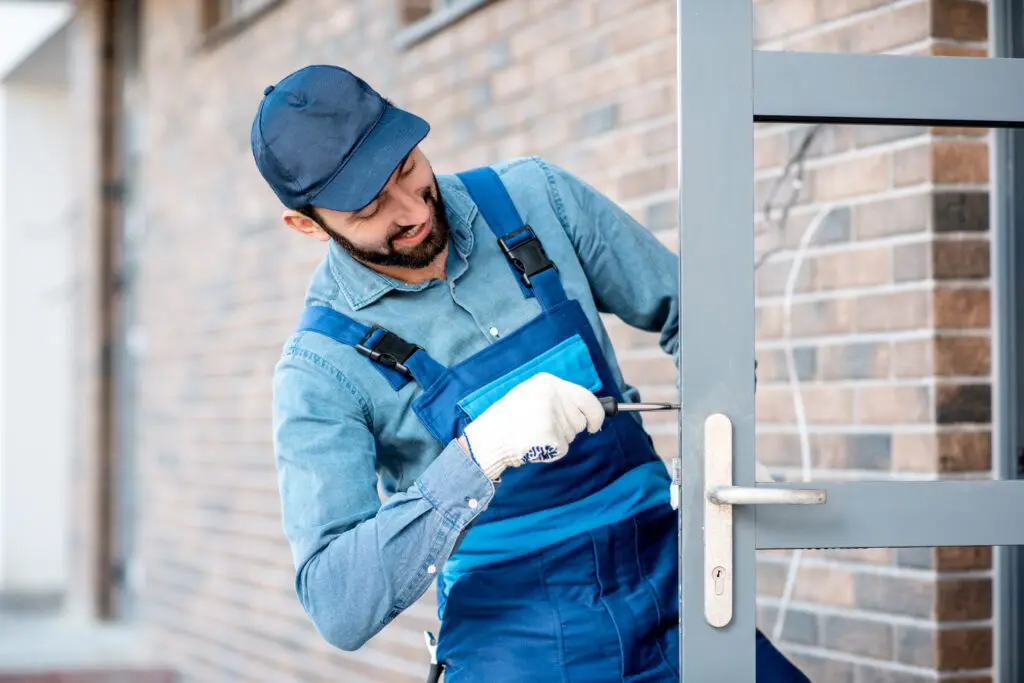
Consider Upgrading Your Locks
When the world is in chaos, a thief will be more determined than ever before to get in and take what he needs. He’ll use whatever means necessary to get into your home. Most people believe that their homes are thoroughly secured through the use of deadbolts.
Sadly, this isn’t true. A determined thief can walk right up to your door, and with a few hard kicks, break right into your home. The reason a deadbolt or even several deadbolts just won’t do the trick is because a thief knows how to get around these types of locks.
The deadbolts might be strong and hold up, the but wood in the door will not – and neither will a flimsy door frame. They’ll cave under the repeated onslaught of kicks or battering.
Multiple locks and adding a deadbolt isn’t the answer. Get a better door and a better locking system. You need to consider using steel doors and locks such as police locks. These types of locks are named because they’re highly resistant to break ins and work differently from a standard lock.
They’re made to withstand a lot more force than ordinary locks. These are locks that are created to form an angle that allows the door to be backed with the power of the floor strength.
They can hold against a lot of pressure based on the bracing and angle of the lock. You place these types of locks with the foot on the floor and the brace under the doorknob.
They come with a steel bar that sits at an angle between the door and the floor. The door is held in place by a space on the bar which then braces the door. The other end of the bar goes against the floor.
The angle of the bar is what prevents a thief from being able to enter your home. You can also find police locks that are smaller, longer and still able to prevent the door from being forced open.
You can also use a crossbar type police lock. With this type of lock setup, you would mount brackets on either side of the door which supports steel bars that brace the door and prevent it from being opened.
This type of lock easily moves to allow you to leave your home when you need them out of the way. You might also want to consider making sure you protect your garage entry. Many thieves who can’t get into a home through secured doors will try to get in through a garage.
Many survivalists store their food and other survival supply items in their garage (which is not ideal). To protect this area, make sure your garage can’t easily be broken into. You can use a lock similar to a vacation lock, which prevents the door from being opened.

Guard Dogs Can Prevent Home Invasions
Statistics show that noise is a great theft deterrent. Sometimes, all it takes is a barking dog to make a thief decide to bypass your home and break into a different, dog-free home instead.
Dogs know when something isn’t right. They’ll realize that someone is near your home (and shouldn’t be there) before you ever will because they can hear things before you’ll ever hear them.
Plus, thanks to their keen sense of smell, dogs can also pick up the scent of a stranger. Not only will a guard dog alert his family to the presence of a possible thief, but he’ll defend you if he needs to.
But having a guard dog means it usually doesn’t get as far as needing to be defended. Some people have small dogs like Chihuahuas and poodles. These dogs can alert you to the presence of a would-be thief lurking near or on your property.
However, small dogs are not always intimidating to thieves. A determined thief will take his chances if he sees a dog he thinks he can manhandle. A thief will often check out a house before he decides to break in.
He’ll peek into the window to see if anyone is home and what kind of valuables he can spot. If he spots a guard dog, especially if it’s one like a Doberman, a pit bull, a Rottweiler or a German shepherd, he’s not going to want to deal with that.
Large dogs can make great home invasion deterrents because their sheer size frightens people off. These would be breeds such as great Danes, mastiffs, wolfhounds or saint Bernards.
Though these dogs are sometimes sweet tempered, and gentle, they can be protective and are diligent when it comes to warding off would-be intruders. If you’re sound asleep and your dog starts barking, this can alert you to potential danger faster than an alarm system can.
Because with an alarm system, the thief has to breach the defensive line. With a dog, he doesn’t. Any dog is instinctively protective when it comes to his family and his home. However, you can also train your dog to act as a guard dog even if he’s no longer young.
Any age dog and any breed can be trained to protect your home from a break in. You can hire someone to work with your dog to train him or you can do it yourself using online tutorials, books, or other training materials.
Most dogs do need some training, as do the owners, to keep them from making common mistakes that would impede their dog’s ability to prevent home invasions. For example, most people make the mistake of telling their dog to be quiet when it barks at strangers and that’s not a good habit to have.
Instead of telling the dog to be quiet, praise the dog and give him a treat when he alerts you to a stranger. You also want to be careful about getting a dog for security if you have children in the home.
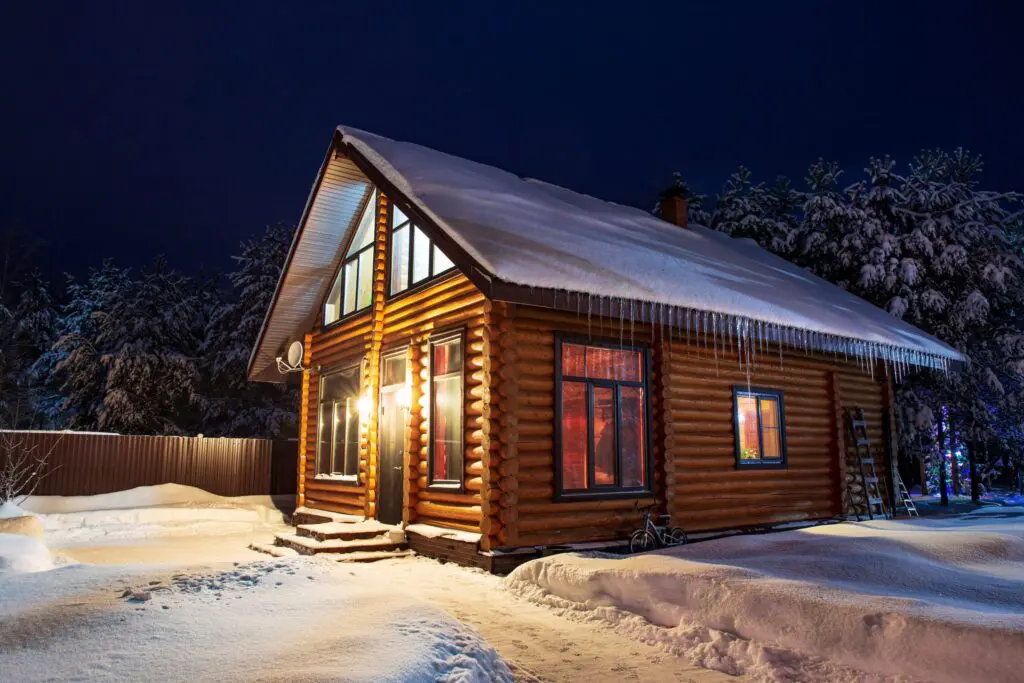
Lighting Can Drive Thieves Away
One of the biggest mistakes that people make in the area of preventing home invasions is having poor lighting. Most crimes don’t take place in broad daylight. Instead, they happen in the evenings when it’s dark out and difficult to determine a shadow in the yard from a human being.
Poor lighting, whether it’s inside the home or outside, can be an invitation to thieves. You don’t want to give them shadows to hide in. That makes it easier for them to be able to approach your home.
You don’t want them to be able to get that close. The closer a thief can get to your house, the higher the chance he’s going to attempt to break in. Remember that light is not a thief’s friend.
The more of it you have, the less likely your chance of your home becoming a target. You’ll want to start with outdoor lighting. Starting with the edges of your property, you’re going to want to put up floodlights.
These are lights that are powerful enough to radiate over a great distance than normal lights. Floodlights should go on each of the corners of your home and you should make sure you buy the ones that are motion activated.
This way if someone comes near, the lights will switch on – but they’re not intrusive to neighbors or yourself if no one’s on the property. Most of them can be set so that they’re not triggered by the action of small animals.
Most people are pretty good at lighting up the back of their house. They’ll have floodlights and make sure that the back door has a light. But contrary to popular belief, thieves will not always head for the back of a home – especially if you live in an area where your neighbors aren’t too close to you.
Thieves will boldly approach the front of your home and they’ll ring the doorbell. If no one answers, they’ll attempt to break in. However, if you have a motion sensor light on your front porch, that’s often enough to make the person turn around and leave.
The front of your home should be as well lit as the back of your home. And completely dark homes can be an invitation for a thief. If you’re used to watching television in one room late at night while having the rest of the house dark, you’ll want to rethink that strategy.
Yes, it costs a little more in electricity. But leaving a light on an another room of the house, especially a bright light, signifies to a thief that multiple people are in the home and that they’re awake and alert.
Thieves will choose the darkened home over the lit one. They’ll take the home that doesn’t have outdoor lights over the one with floodlights as well.
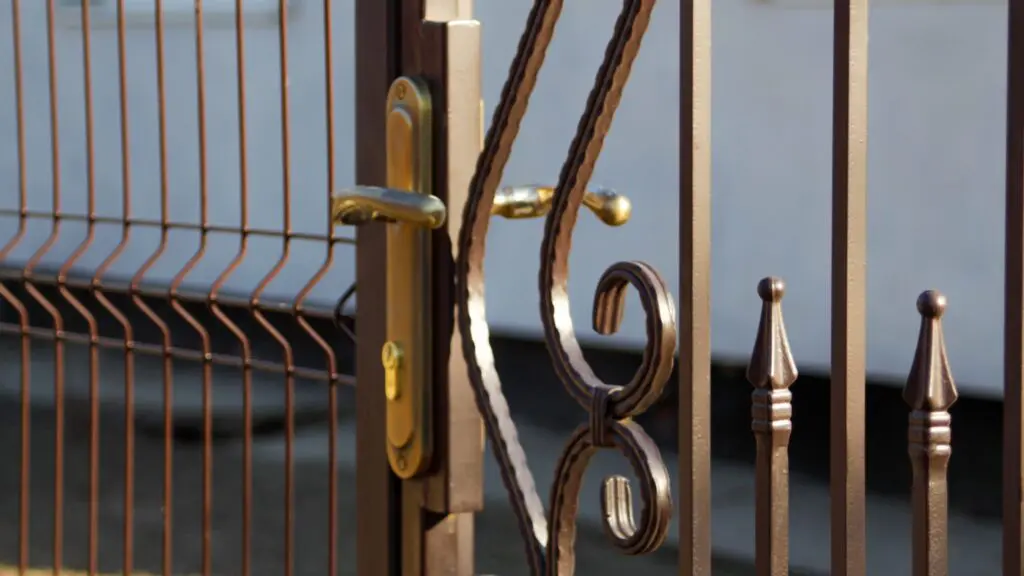
Having a Gate Can Be a First Line Defense Against Home Invasions
When it comes to security, too many people think of the home as the first line of defense. It’s not. You might think that the property or the yard around your home is the first line of defense, then, but that’s not it either.
Your first line of defense against home invasions is a gate. Having a gate can bar a would-be thief and prevent him from coming onto your property in the first place. A gate signifies to a thief that there might be something in your yard that you’re trying to keep from getting out – such as a dangerous dog.
It adds an extra layer of security that thieves don’t want to take the time to figure a way over or around before they can get to the actual house. You don’t want to use just any type of gate to prevent access to your home.
Choose a gate that clearly has your safety in mind. This would be a gate that has the means to thwart a would-be thief. The type of gate that you need to use would be the kind that’s not easy to scale and makes a thief think twice.
That would be a gate that has the sharp spikes at the top of it. Gates with these spikes have the potential to snag the clothes of as well as injure a thief attempting to climb over them.
These spikes have the ability to puncture skin, go through muscle, and do some pretty serious damage. They’re known as anti-climb gates. You can buy them and simply replace the gate that you already have with one of them.
However, if you can’t afford to replace your gate, you can take steps to make the current one less friendly to people who’d want to think about going over it. What you can do is to add small razor spikes right across the top of the existing gate. When a would-be thief sees those, he’s not going to be as likely to try and climb over them.
A big mistake that people make when it comes to trying to prevent a home invasion is having a solid gate or an anti-climbing one and then not locking it. If you have a gate and leave it unlocked, that’s like an open invitation.
Secure the gate using the latch made for it – but you might want to add another layer of protection to that and add a chain and a padlock. By adding layers of security around and in your home, you can prevent your family from having to experience a home invasion.























